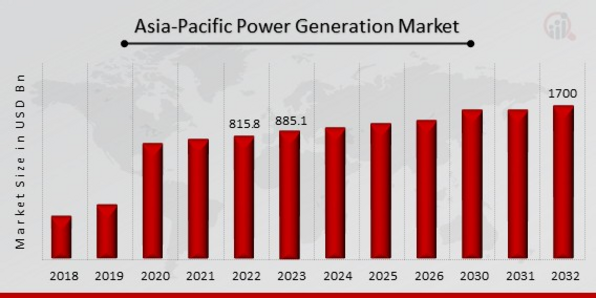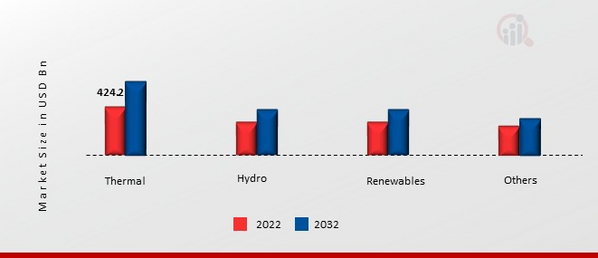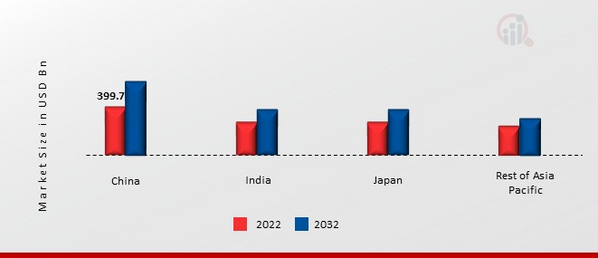

- Global Market Outlook
- In-depth analysis of global and regional trends
- Analyze and identify the major players in the market, their market share, key developments, etc.
- To understand the capability of the major players based on products offered, financials, and strategies.
- Identify disrupting products, companies, and trends.
- To identify opportunities in the market.
- Analyze the key challenges in the market.
- Analyze the regional penetration of players, products, and services in the market.
- Comparison of major players’ financial performance.
- Evaluate strategies adopted by major players.
- Recommendations
- Vigorous research methodologies for specific market.
- Knowledge partners across the globe
- Large network of partner consultants.
- Ever-increasing/ Escalating data base with quarterly monitoring of various markets
- Trusted by fortune 500 companies/startups/ universities/organizations
- Large database of 5000+ markets reports.
- Effective and prompt pre- and post-sales support.
Asia-Pacific Power Generation Market Overview:
Asia-Pacific power generation market size was valued at USD 815.8 billion in 2022. The Asia-Pacific power generation industry is projected to grow from USD 885.1 Billion in 2023 to USD 1700 Billion by 2032, exhibiting a compound annual growth rate (CAGR) of 8.50% during the forecast period (2023 - 2032). The regulatory initiatives and norms to control non-renewable energy consumption are major market drivers driving the power generation market in Asia-Pacific. Increasing investment by numerous market players and governments in building and maintaining energy infrastructure, rapid urbanization in emerging regions, and a rising number of consumers have resulted in a steady expansion in the electricity demand, which is a major factor driving the power generation market growth.

Source: Secondary Research, MRFR Database, Primary Research, and Analyst Review
Asia-Pacific Power Generation Market Trends
-
Increasing demand for greenhouse gas emissions drives market growth.
The Asia-Pacific power generation market CAGR is expanding due to growing concern over climate change, which has fueled a surge in demand for sustainable power generation solutions, intensifying focus on reducing greenhouse gas emissions. As the power generation market evolves, there's a heightened emphasis on cleaner, renewable sources like solar, wind, and hydroelectric power. Governments, corporations, and consumers drive this shift, fostering innovation and investments in greener technologies. This dynamic landscape reflects a commitment to combating climate change by reshaping the power sector towards sustainability and reducing its environmental impact. Moreover, the increase in demand for electricity has increased the power generation activities across the region. Conventional biomass combustion is anticipated to cause various environmental pollutions and is primarily utilized in rural areas of developing economies to serve purposes such as cooking and small-scale agricultural activities. Fossil-fuel electric power generation was the largest contributor to the power generation market growth.
Furthermore, the transportation industry is increasingly electrifying, with an expansion in the adoption of electric vehicles (EVs). This shift is driven by environmental concerns and technological advancements. Simultaneously, the power generation market is evolving to support this demand, incorporating cleaner sources like renewables. Integrating electric vehicles with the power grid fosters a symbiotic relationship, enabling smart grid solutions and enhancing overall energy efficiency. This transformative trend signifies a crucial step towards a sustainable and interconnected future, blending transportation and power generation advancements for a more eco-friendly and efficient regional energy landscape, driving the power generation market revenue.
Asia-Pacific Power Generation Market Segment Insights:
Power Generation Power Generation Insights
The Asia-Pacific power generation market segmentation, based on power generation, includes thermal, hydro, renewables, and others. The thermal segment dominated the market due to increasing concerns about climate change, there is a rising emphasis on sustainable energy solutions, propelling the adoption of technologies such as solar, geothermal, and biomass for efficient and eco-friendly power generation. However, renewables are the fastest-growing category due to environmental concerns and government incentives. Growing awareness of climate change prompts a shift towards sustainable energy sources, fostering innovation and investment in renewables. This transition is further accelerated by decreasing renewable technology costs, enhancing economic viability, and ensuring a greener, more resilient energy future.
Figure 1: Asia-Pacific Power Generation Market, by Power Generation, 2022 & 2032 (USD Billion)

Source: Secondary Research, Primary Research, MRFR Database and Analyst Review
Power Generation Country Insights
The Asia-Pacific power generation market thrives due to rising energy demand, industrialization, and population growth. Key drivers include increasing investments in renewable energy sources, government initiatives promoting clean energy, and a shift towards sustainable practices. As the region seeks to balance economic growth with environmental concerns, renewable energy adoption, and technological advancements play pivotal roles in shaping the future of power generation in Asia-Pacific. Moreover, investment in robust transmission and distribution (T&D) networks is crucial to efficiently deliver power across the region, addressing growing energy needs and ensuring reliable access. Improved T&D infrastructure enhances grid resilience, fosters renewable energy integration, and supports regional economic development. Many countries in the Asia-Pacific region have insufficient transmission and distribution (T&D) networks, and hence, electricity is not unrestricted in some small and rural places. To bring electricity to these locations, the countries in the region are heavily supporting the building of a transmission line network.
Figure 2: Asia-Pacific Power Generation Market Share By Region 2022 (USD Billion)

Source: Secondary Research, Primary Research, MRFR Database and Analyst Review
Asia-Pacific Power Generation Market Key Players & Competitive Insights
Leading market participants invest heavily in research and development to extend their product lines, allowing the power generation market to grow even more. Market participants are also undertaking numerous strategic activities to extend their footprint, with significant market outcomes including new product expansions, contractual agreements, mergers and acquisitions, more elevated investments, and collaboration with other organizations. The power generation industry must offer cost-effective items to enhance and survive in a more competitive, expanding market climate.
Major participants in the power generation market are attempting to expand market needs by investing in research and development operations, including Power Construction Corporation of China Ltd, National Thermal Power Corporation Limited, Tokyo Electric Power Company Holdings, State Grid Corporation of China, Korea Electric Power Corporation, China Huaneng Group Co., Ltd., China Huadian Corporation Ltd., Tata Power Company Ltd, Kansai Electric Power Co., Inc. and Chubu Electric Power Co., Inc.
Key Companies in the Asia-Pacific Power Generation market include
- Power Construction Corporation of China Ltd
- National Thermal Power Corporation Limited
- Tokyo Electric Power Company Holdings
- State Grid Corporation of China
- Korea Electric Power Corporation
- China Huaneng Group Co., Ltd.
- China Huadian Corporation Ltd.
- Tata Power Company Ltd
- Kansai Electric Power Co., Inc.
- Chubu Electric Power Co., Inc.
Power Generation Industry Developments
July 2021:Mitsubishi Power, a power solutions brand of Mitsubishi Heavy Industries, Ltd. (MHI), has received a full-turnkey contract from Chiba-Sodegaura Power Co., Ltd., a company in which TOKYO GAS CO., LTD is investing, for a project to build three gas turbine combined cycle (GTCC) power plants with 650MW class natural gas-fired units in Sodegaura City, Chiba Prefecture.
Asia-Pacific Power Generation Market Segmentation:
Power Generation Outlook
- Thermal
- Hydro
- Renewables
- Others
Power Generation Regional Outlook
- Asia-Pacific
- China
- Japan
- India
- Australia
- South Korea
- Indonesia
- Thailand
- Vietnam
- Malaysia
- Singapore
- Rest of Asia-Pacific
Leading companies partner with us for data-driven Insights
Kindly complete the form below to receive a free sample of this Report
Tailored for You
- Dedicated Research on any specifics segment or region.
- Focused Research on specific players in the market.
- Custom Report based only on your requirements.
- Flexibility to add or subtract any chapter in the study.
- Historic data from 2014 and forecasts outlook till 2040.
- Flexibility of providing data/insights in formats (PDF, PPT, Excel).
- Provide cross segmentation in applicable scenario/markets.





















